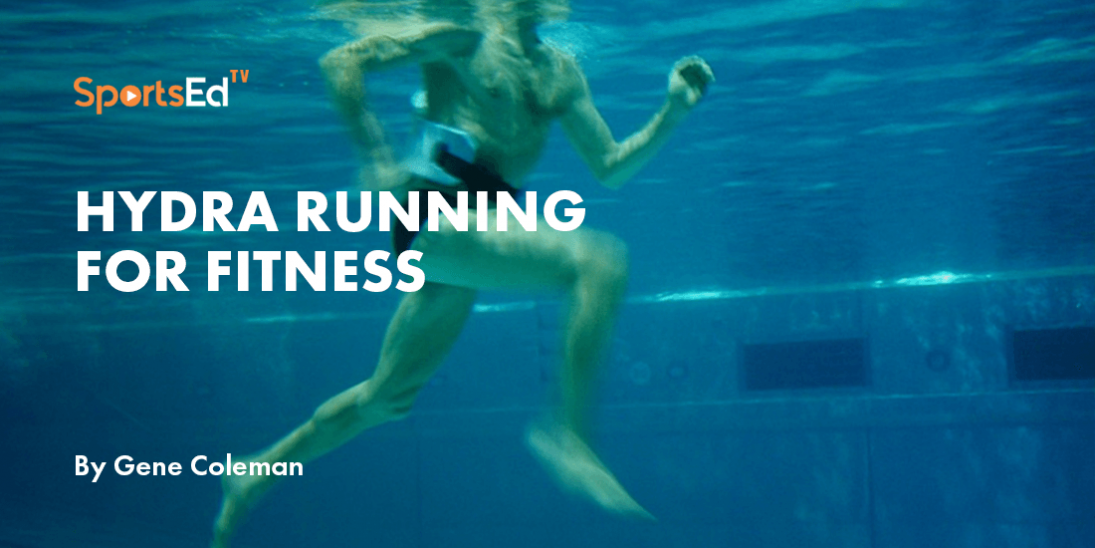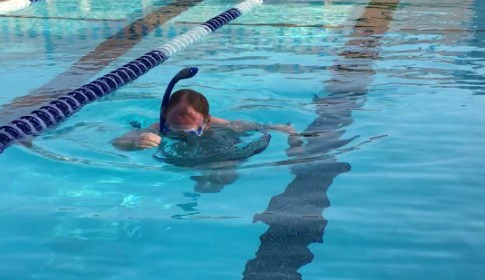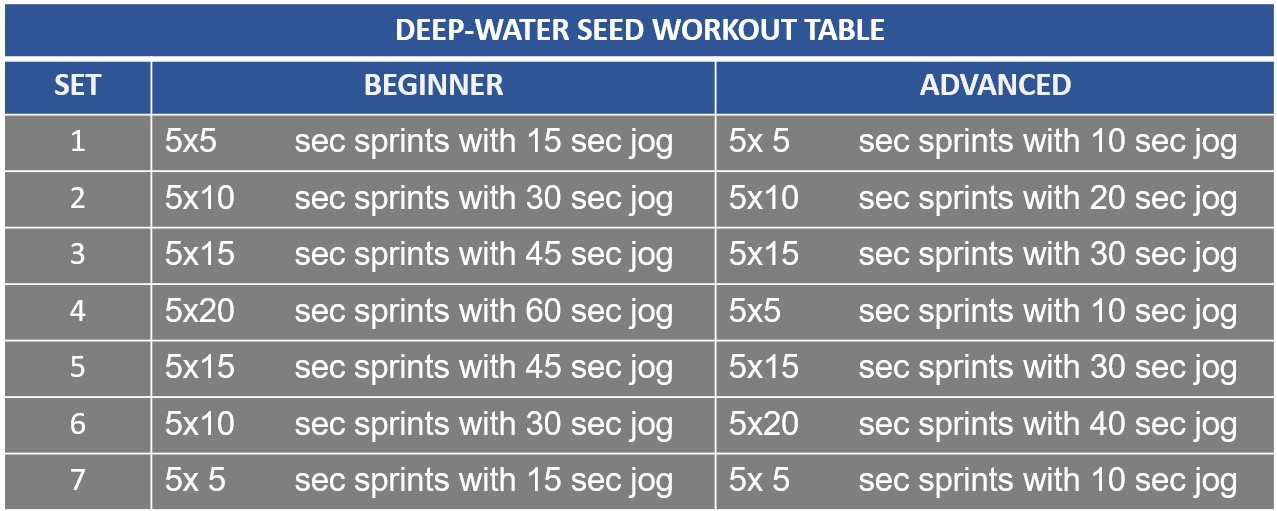Running, Strength And Conditioning
Welcome and thanks for visiting...

Water Running: A Low-Impact Fitness Solution for Athletes

Water running has been utilized by athletes in various sports to maintain or enhance fitness while minimizing the impact on lower extremities that often accompanies land-based running. Remarkably, several track athletes achieved personal bests and even set world records after incorporating water training. Mary Decker, for instance, rebounded from an Achilles tendon injury by spending three weeks in the pool and went on to set a world record in the 2,000m within ten days of returning to land. Steve Smith, former American mile champion, established a new world record for the 5,000m following pool work, and Olympic hurdler Toni Campbell significantly improved his 200m time through water training.
Furthermore, water running has shown the potential to facilitate healing. Nolan Ryan, a legendary baseball player, engaged in deep water running just two days after injuring his hamstring and was able to pitch a simulated game in just 21 days, half the projected recovery time for hamstring pulls. Priscilla Welch, a renowned British runner, experienced accelerated healing of a stress fracture after four weeks of water work, enabling her to triumph in the New York Marathon.

Deep-water running
Deep-water running takes place in water over your head, utilizing flotation devices such as ski vests or Aqua Jogger belts to keep your head and shoulders above water as you run. It offers a convenient and effective exercise option. For a more intense workout, a scuba mask and snorkel can be used. The movement patterns in deep-water running are similar regardless of the equipment used. By assuming a vertical position in deep water and running without touching the bottom, you can engage in a rigorous workout. Key techniques include bringing your thigh up, reaching out and striding from your knee, pulling your leg down and back, running tall with your hips under your shoulders, and keeping your hands lower than your elbows.
The variety of deep-water workouts is endless, allowing for the simulation of track workouts in the pool. Aerobic gains achieved through deep-water workouts are comparable to those from other forms of aerobic training. Heart rate responses to water workouts are typically lower than those on land, so it is recommended to use a training heart rate that is 5-10% below that used on land. Deep-water workouts can also be used to improve anaerobic fitness by extending the duration of the workout. For instance, if your land workout calls for a 30-minute jog, aim for a 35-40-minute session in the pool.
Deep-water workout for aerobic capacity
To enhance aerobic capacity, start with a 5-minute jog as a warm-up and increase the intensity until your heart rate reaches 5-10% of what you achieve on dry land. Begin with 15-20 minutes of activity and gradually increase the duration by no more than 10% per week until you reach 30-45 minutes of continuous exercise.
Deep-water workout for speed
For speed development, use an interval-training format, alternating all-out sprints with slow recovery jogs. Utilize a work-to-rest ratio of 1:3 initially, allowing for three times the recovery duration as the sprint time. Sprint three times per week on alternate days. After three weeks, switch to a work-to-rest ratio of 1:2. See table:

In summary, water running provides athletes with a low-impact alternative to land-based running while offering numerous benefits. It has proven to enhance performance, aid in injury recovery, and facilitate overall fitness. Deep-water running, in particular, allows for customizable workouts that mimic track training while reducing joint stress. By incorporating water running into their training routines, athletes can optimize their fitness and performance levels.








